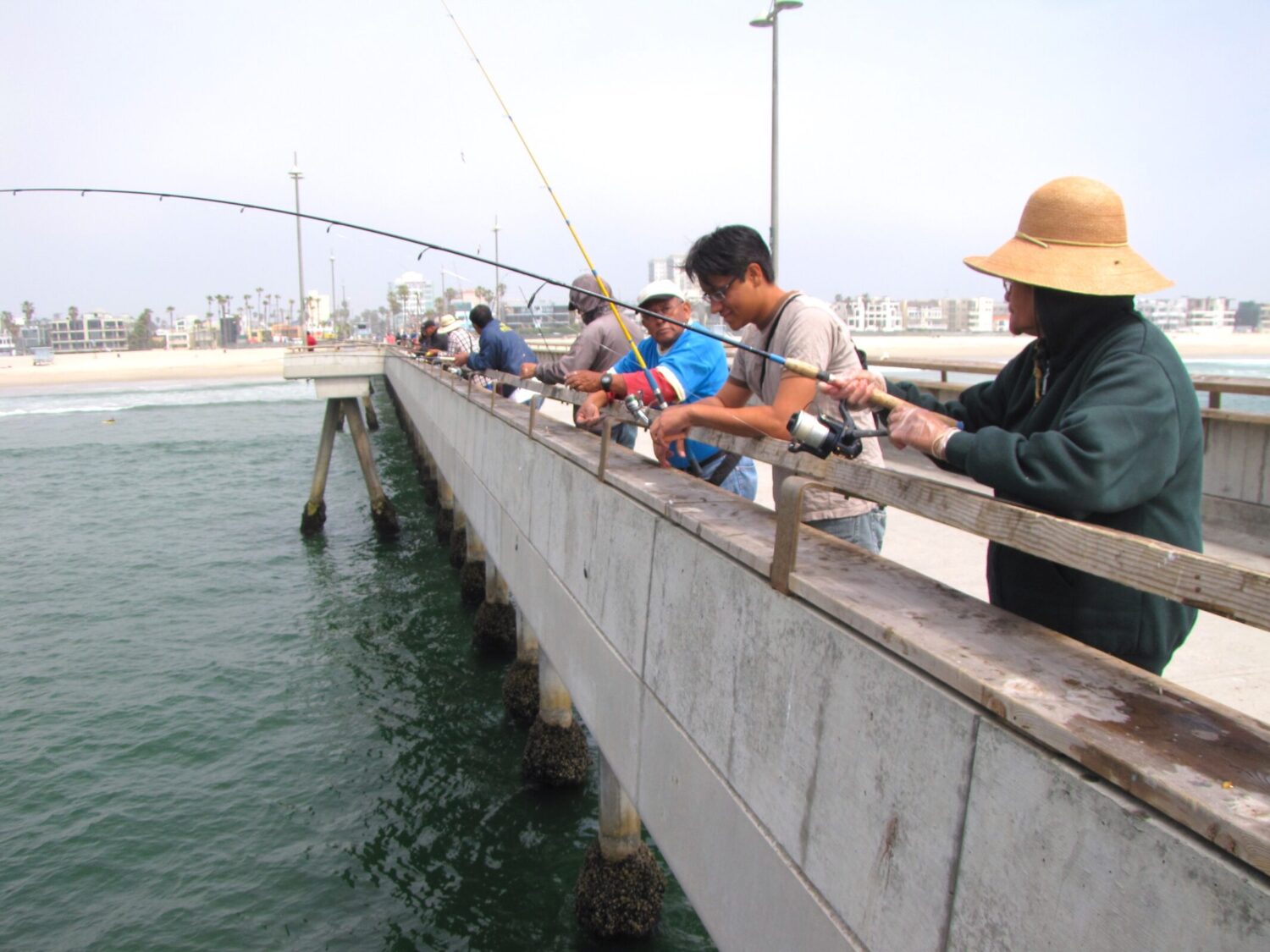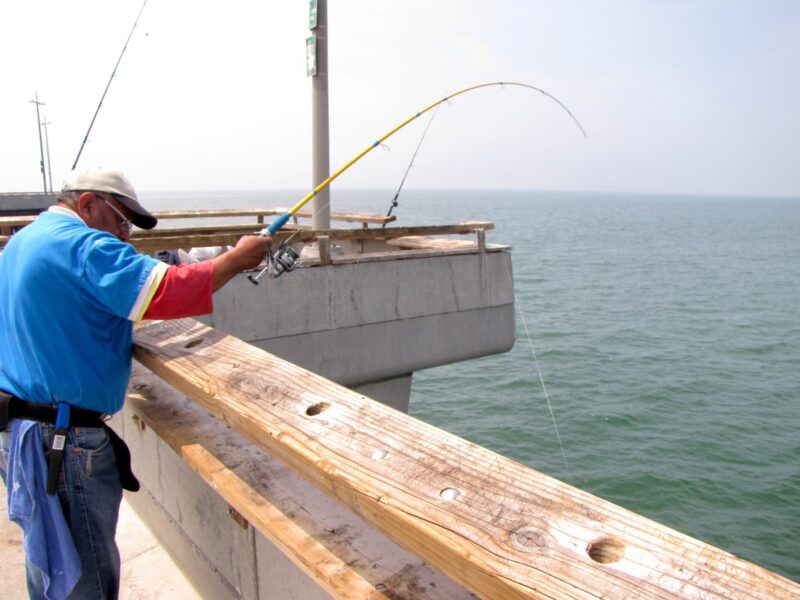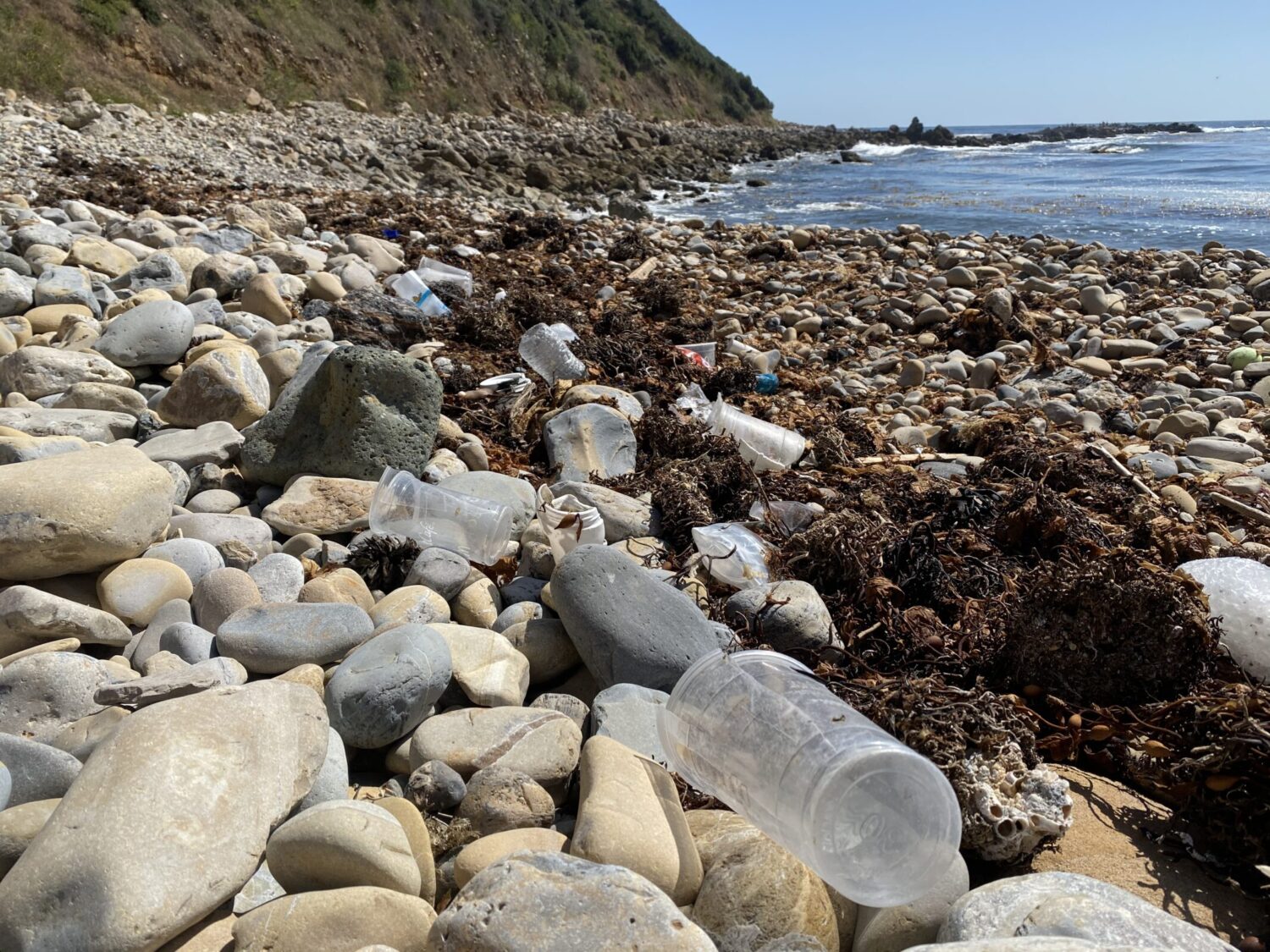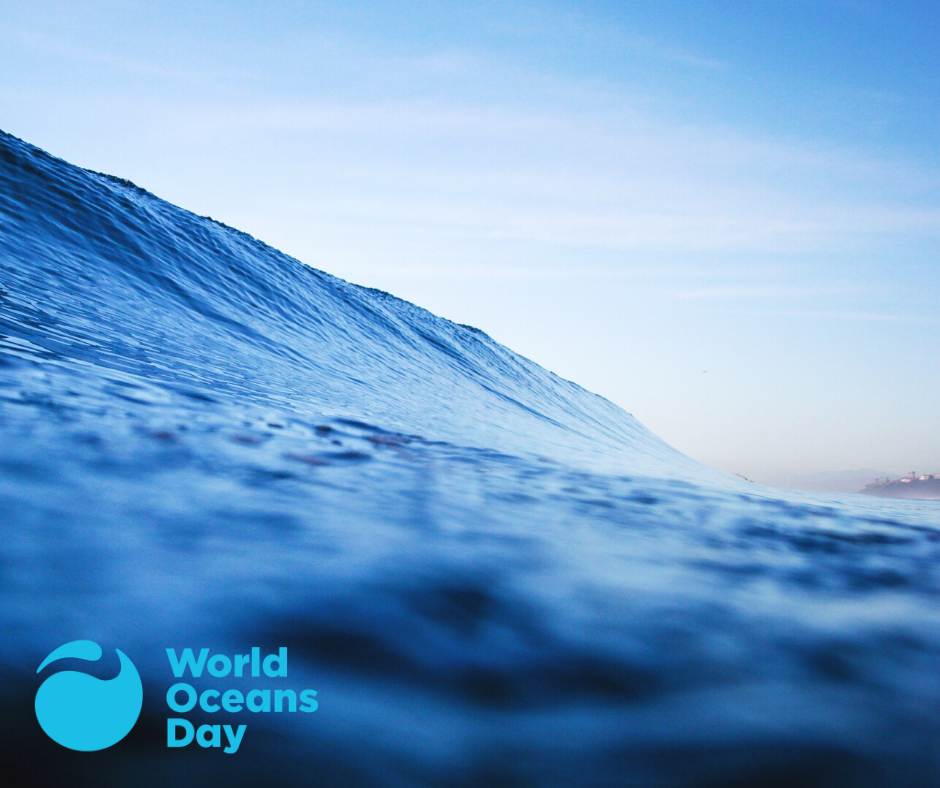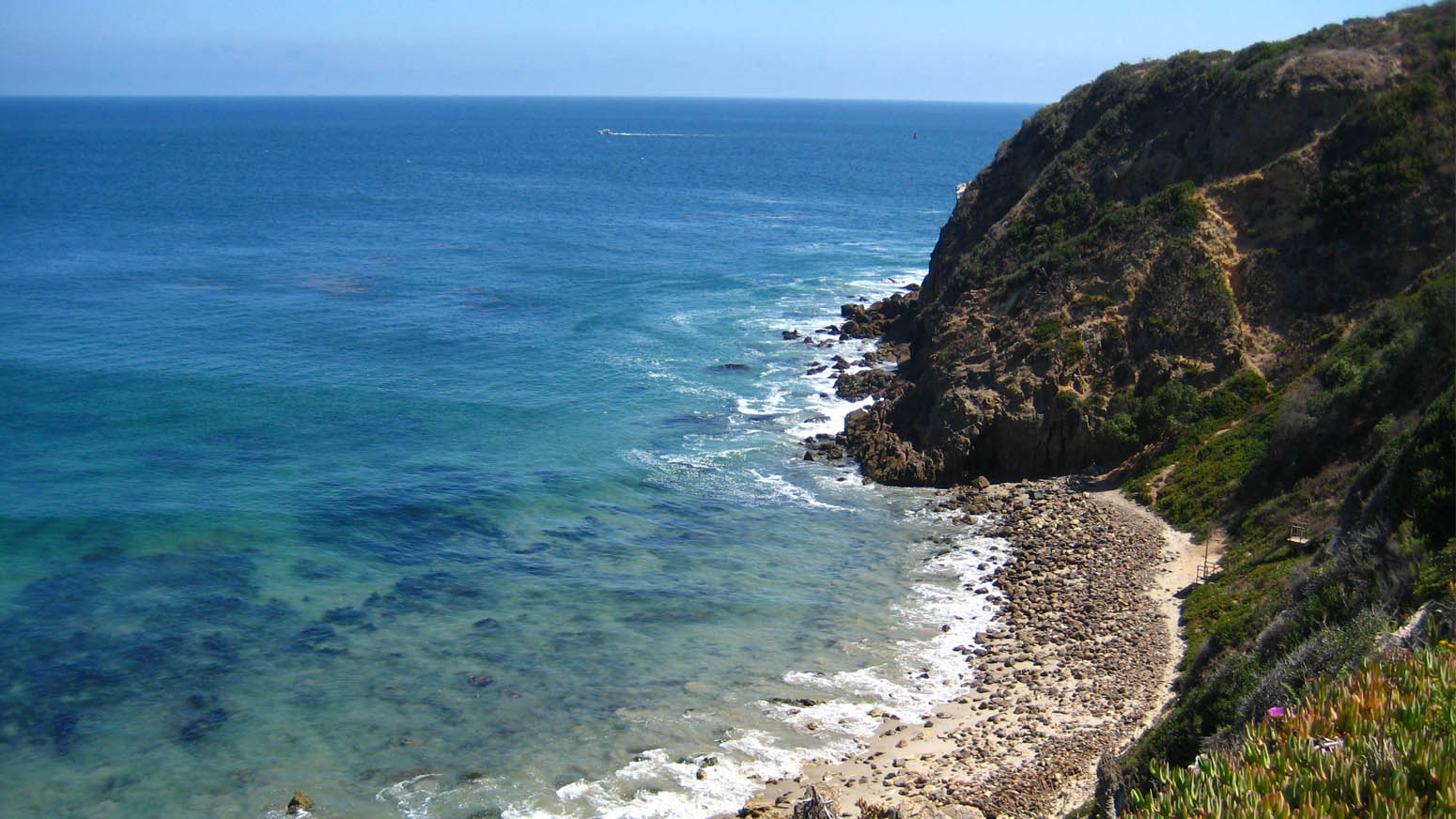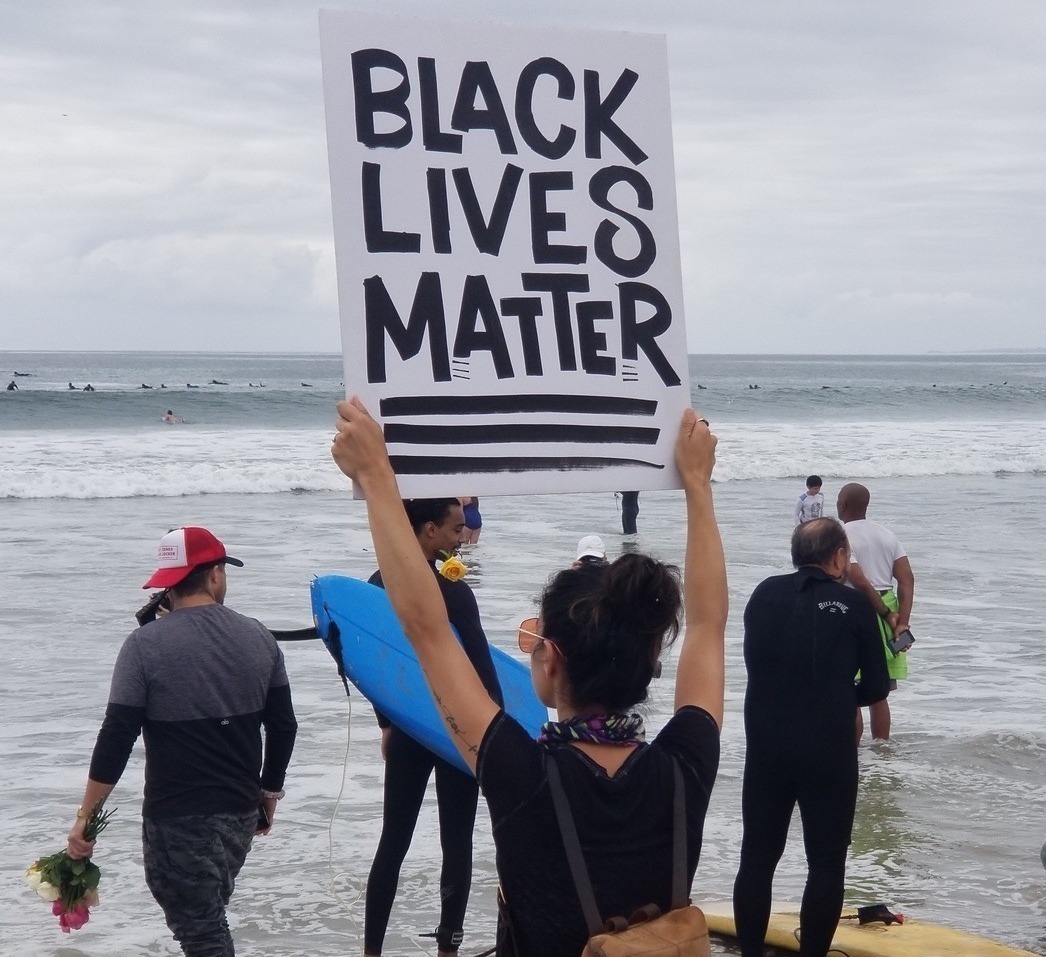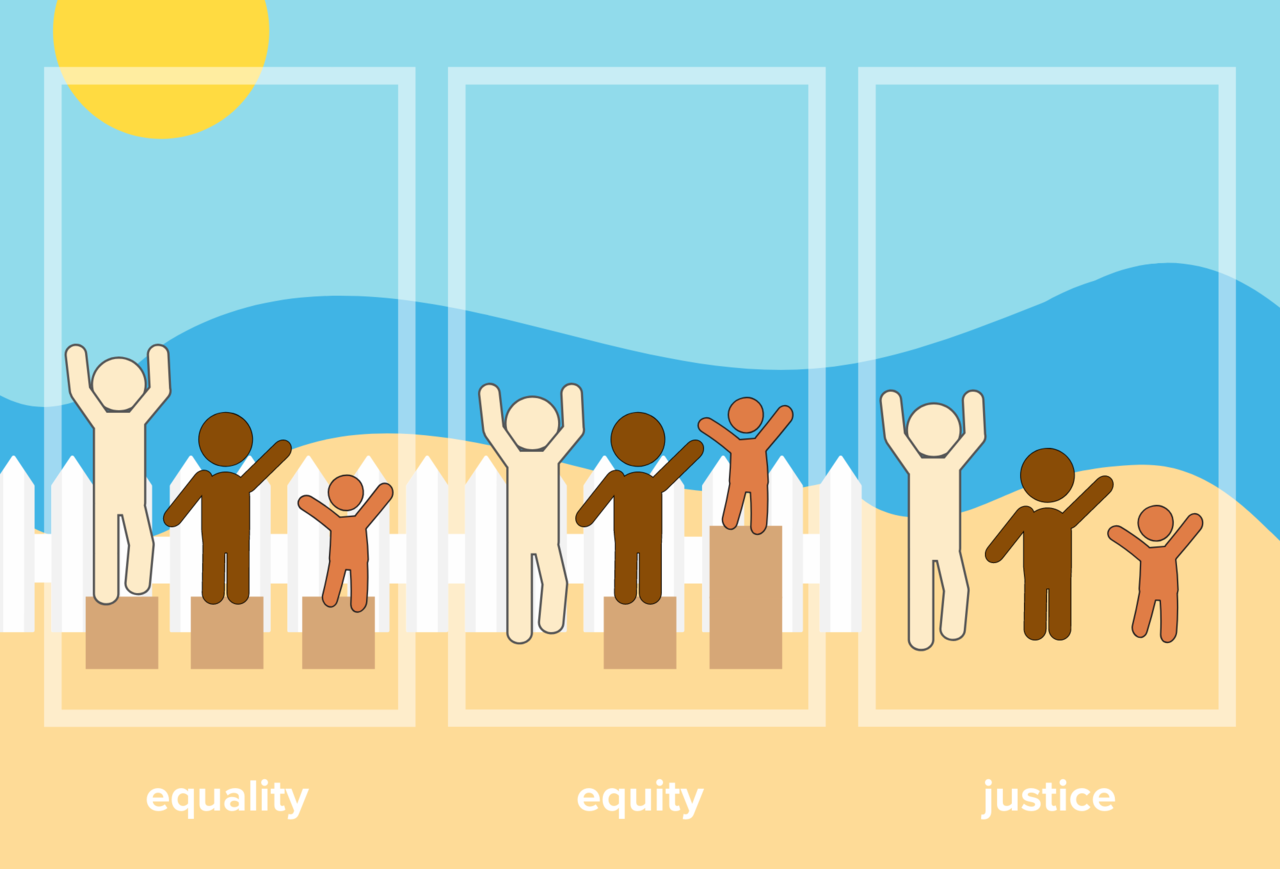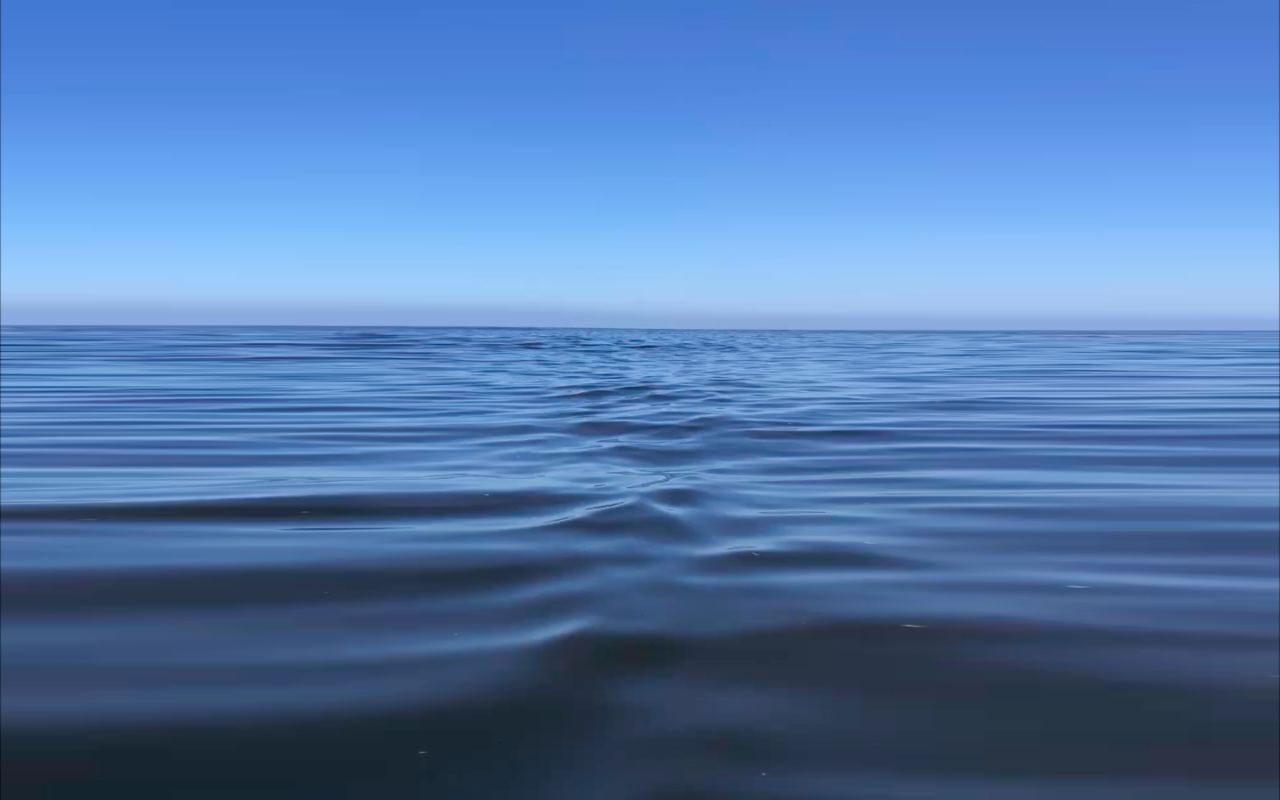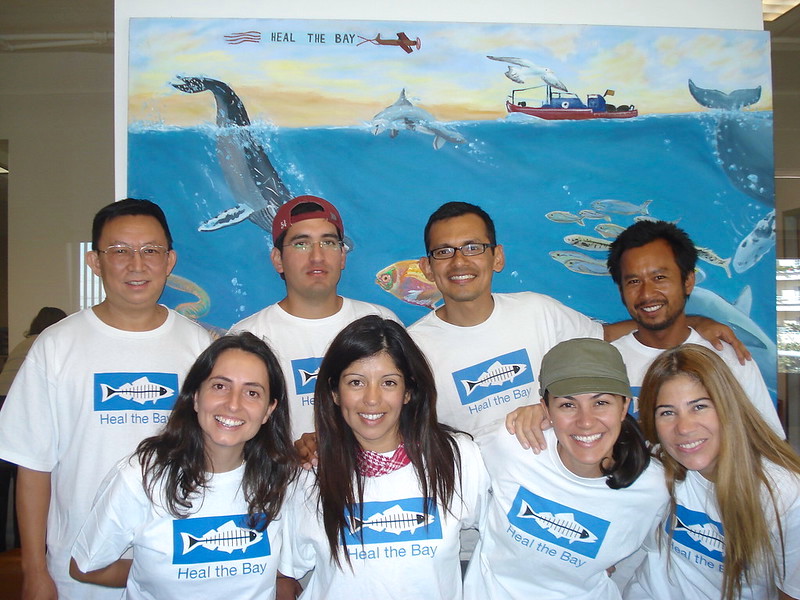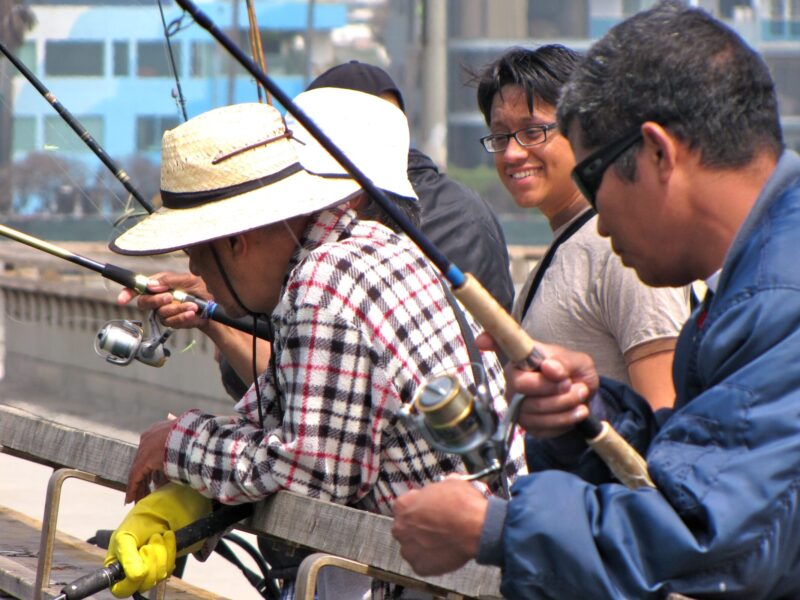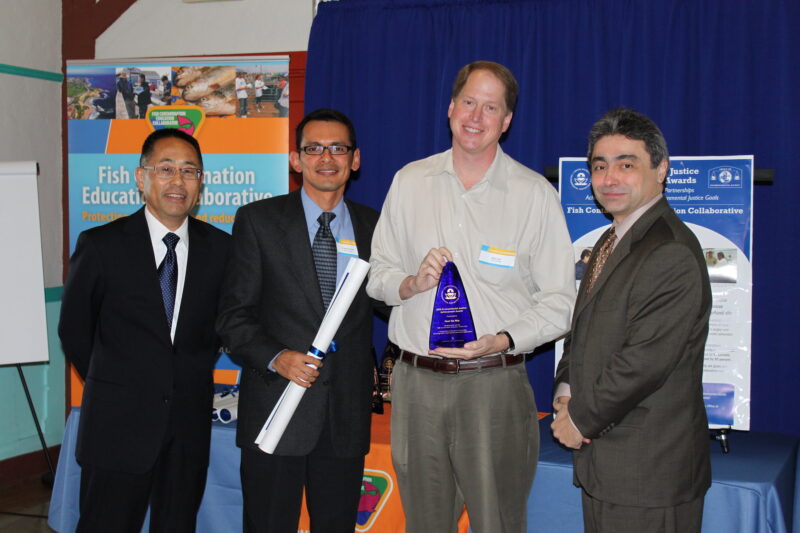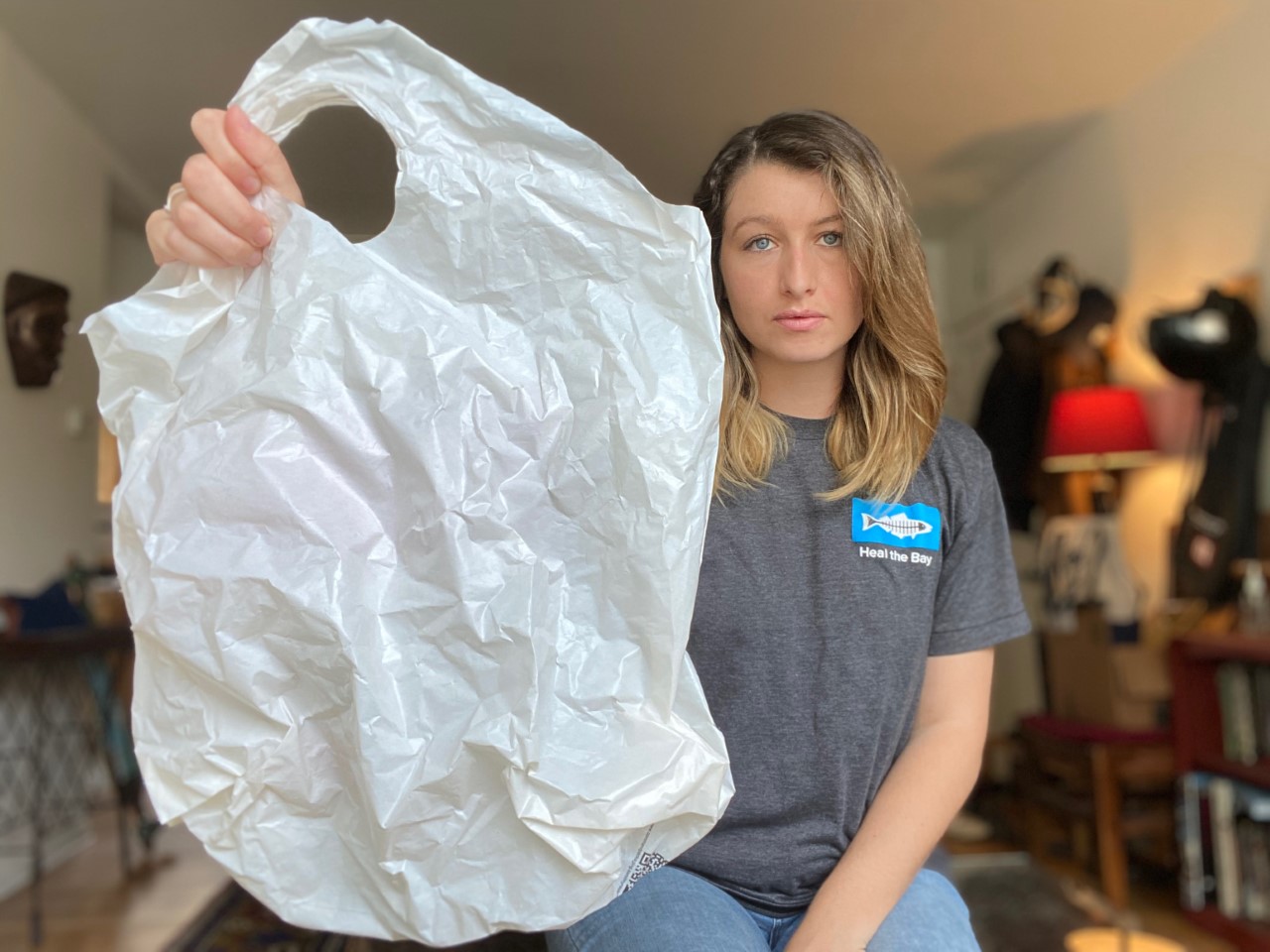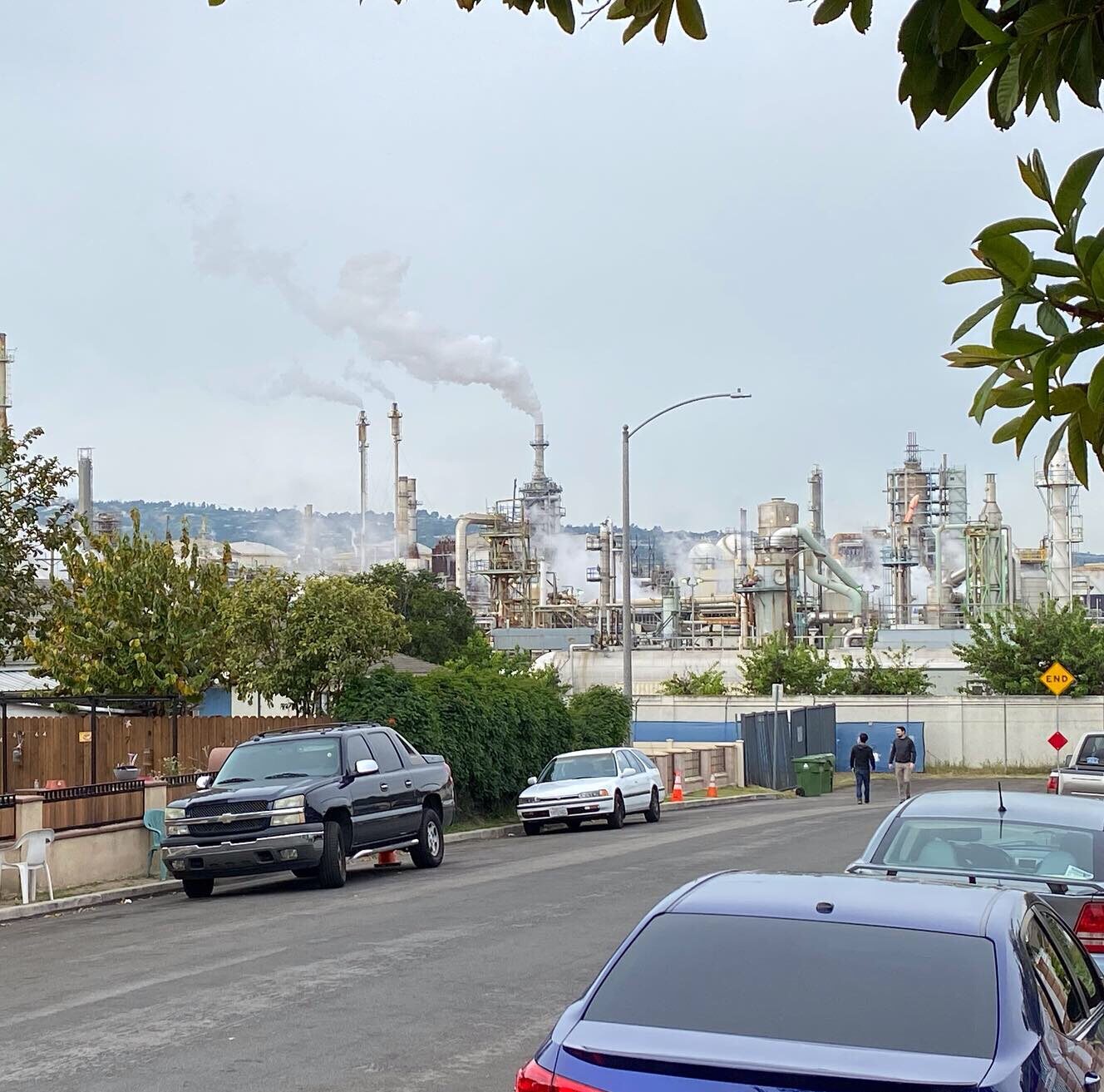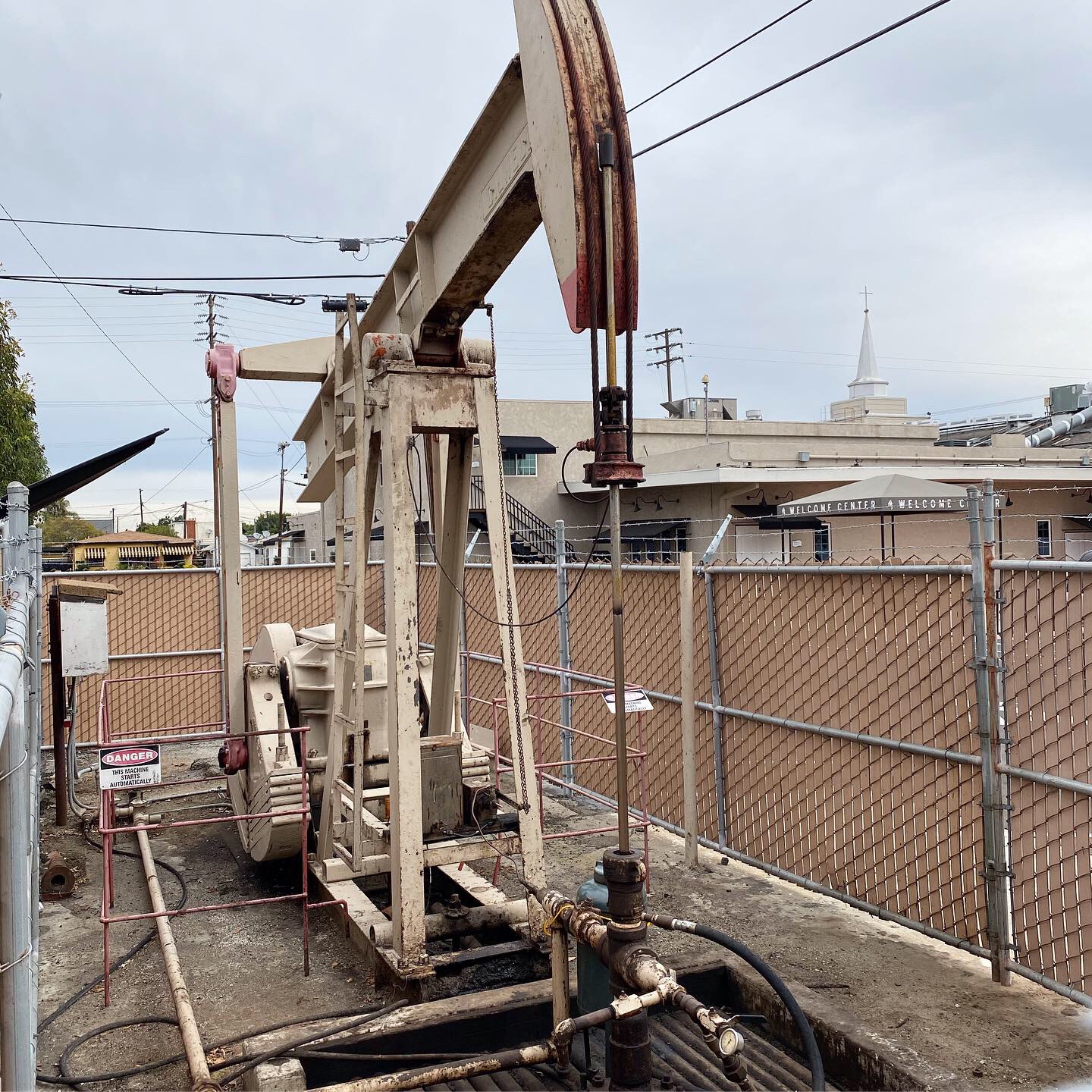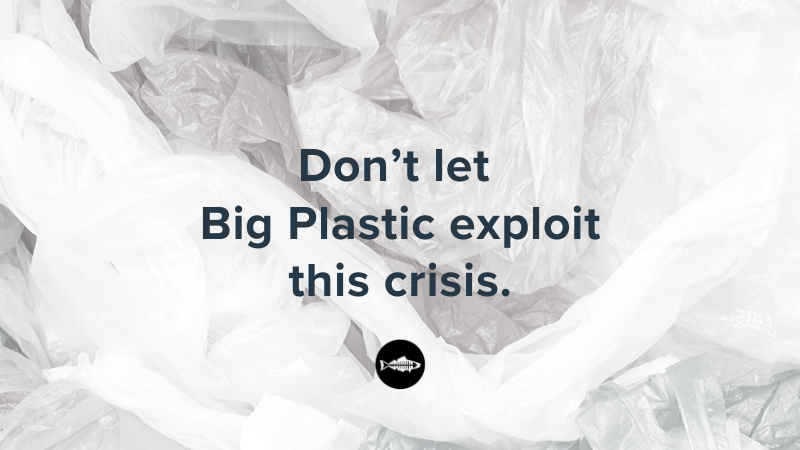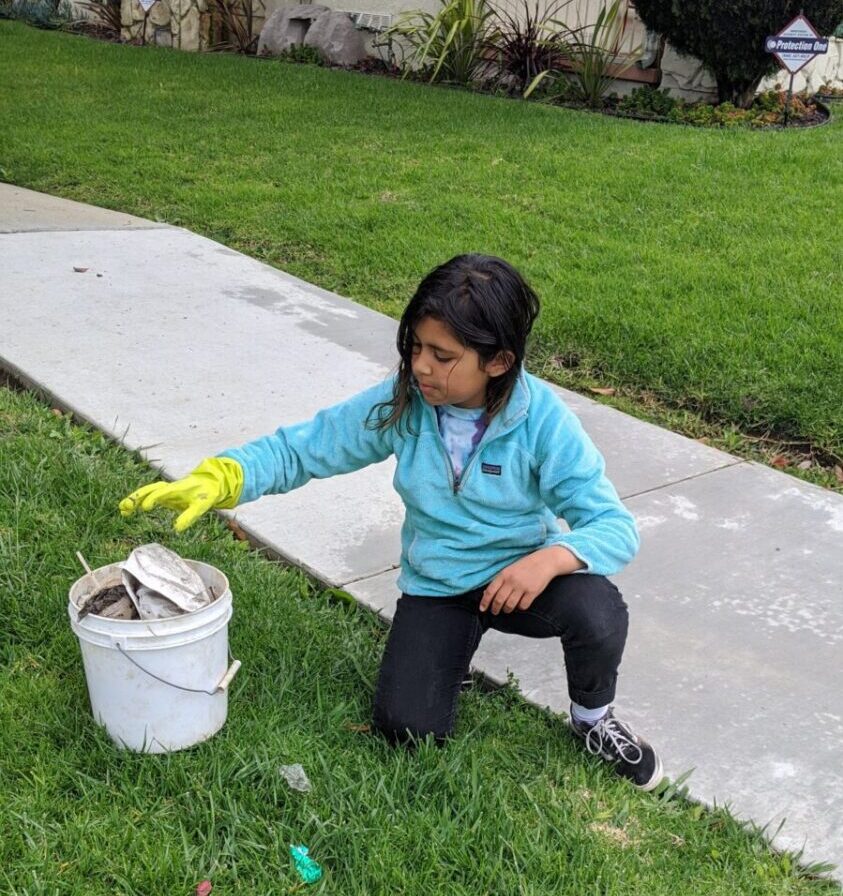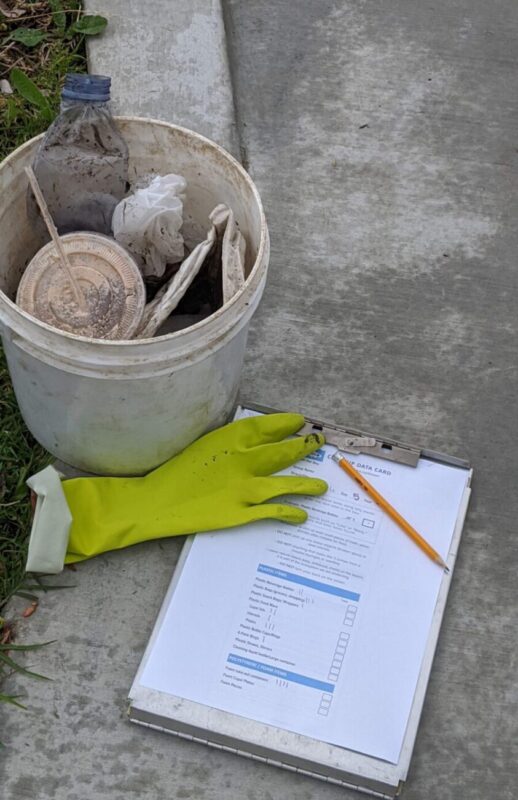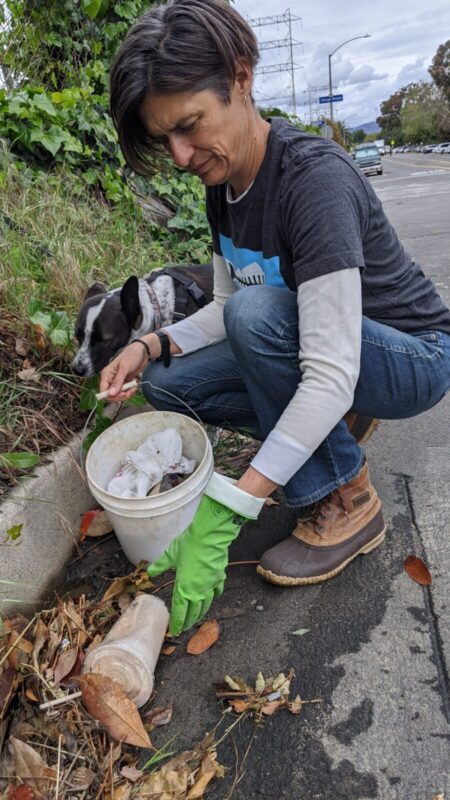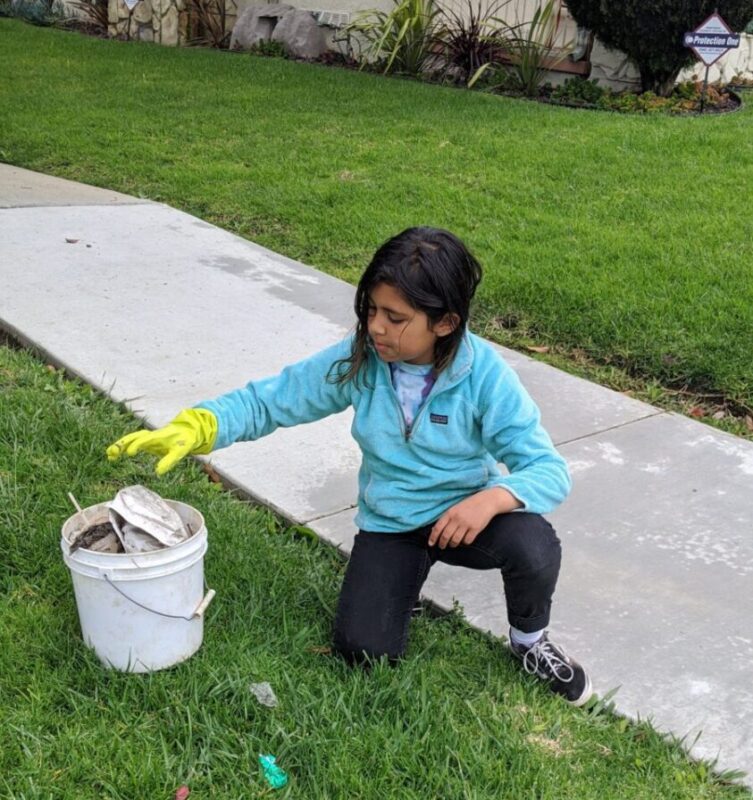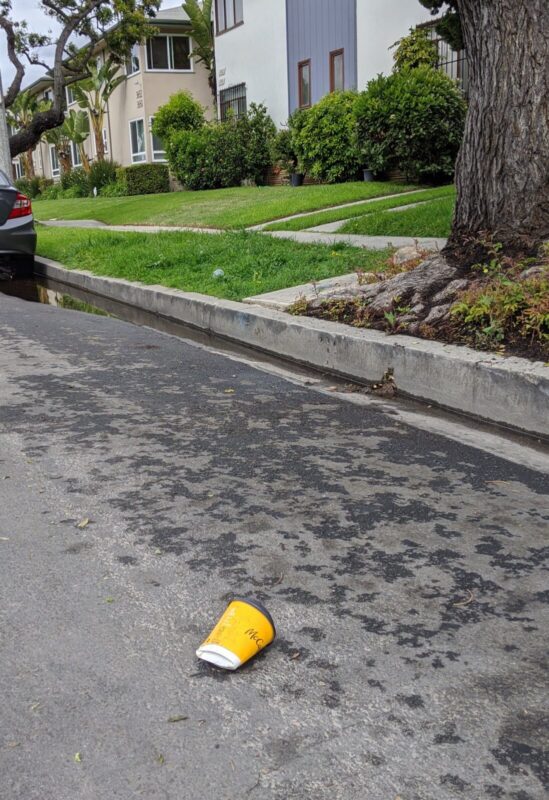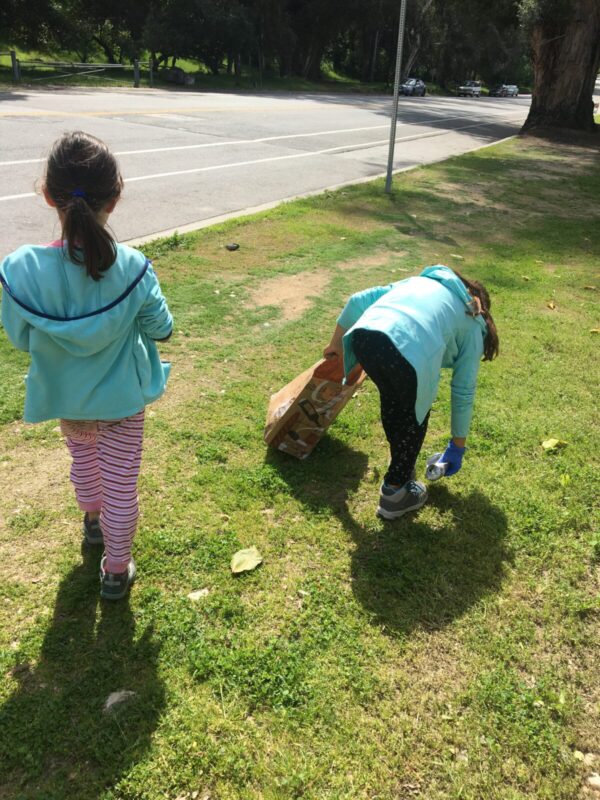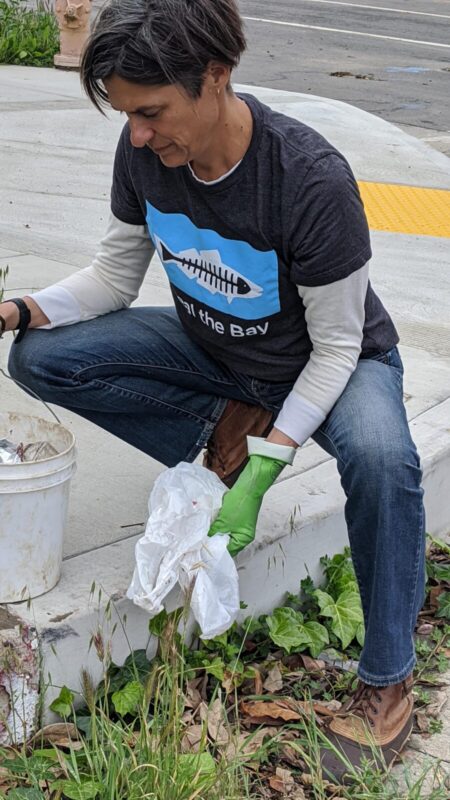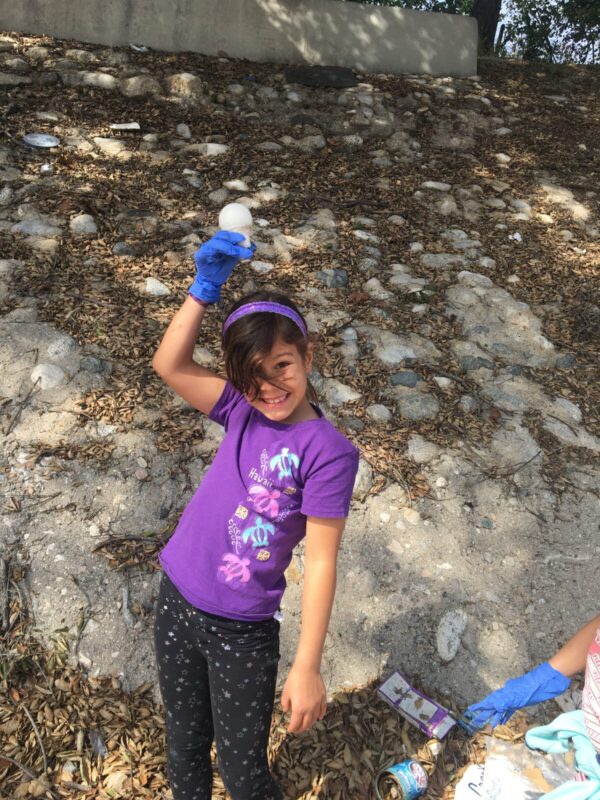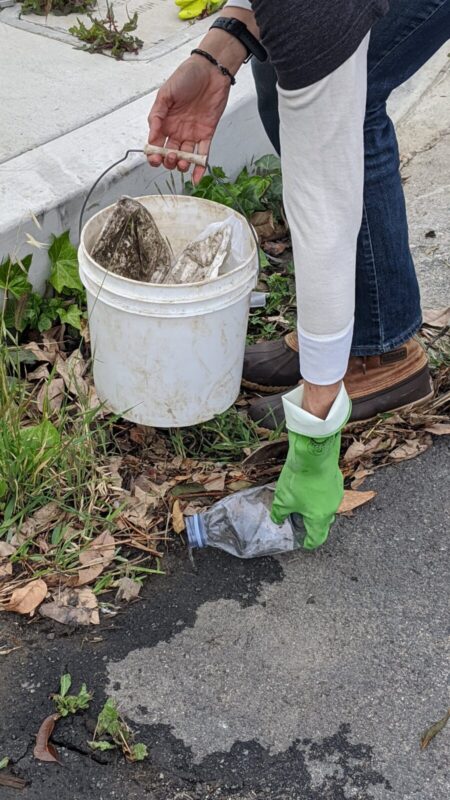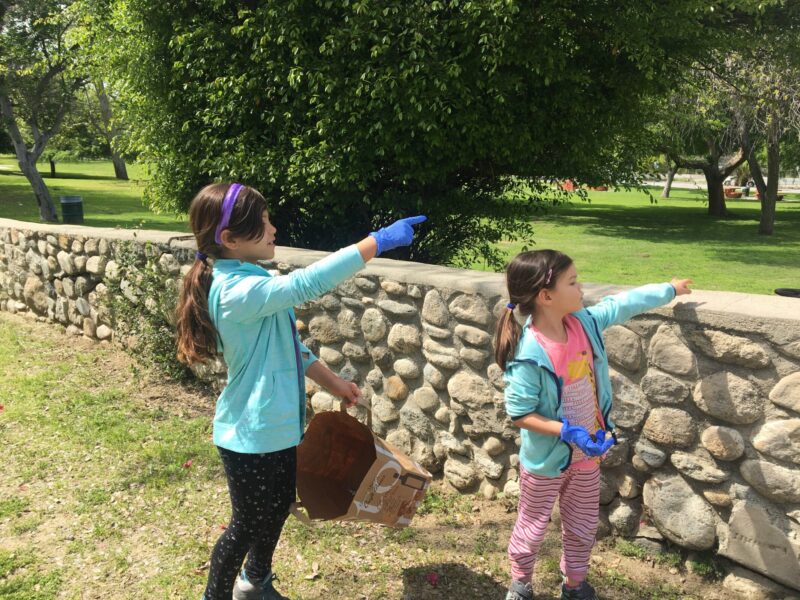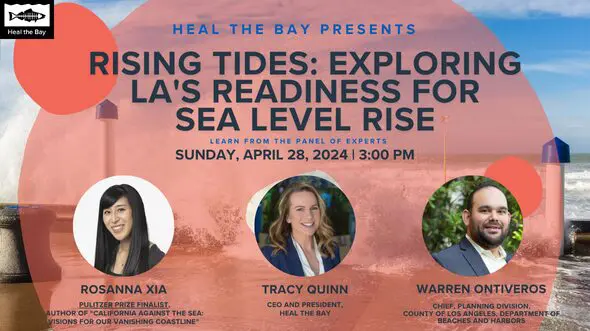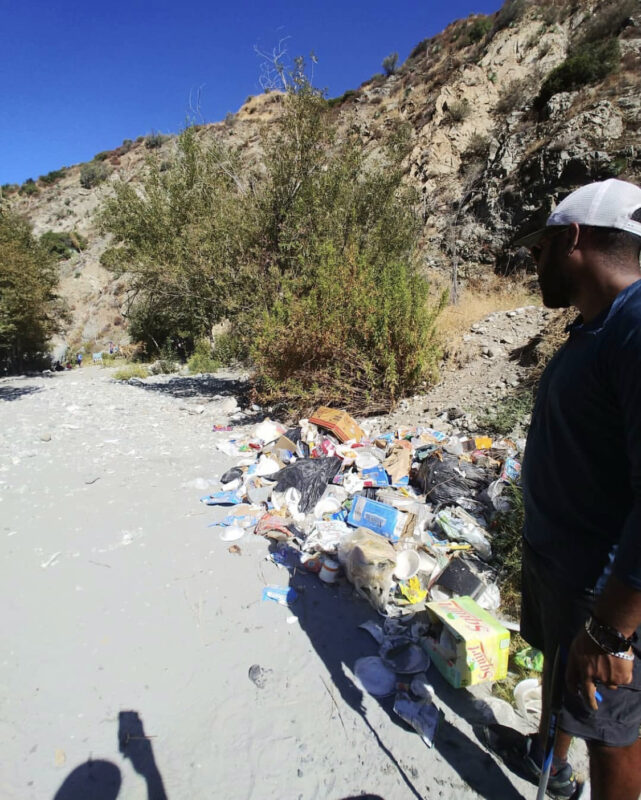
Bills Fail to Pass the California Legislature in 2020
It is with a heavy heart that we share that SB 54 and AB 1080, two plastic pollution reduction bills known as The California Circular Economy and Plastic Pollution Reduction Act, did not pass. These bills would have taken on Big Plastic by reducing single-use plastics across California by 75% by 2032. And because of their transformative potential, the plastic industry pushed back with a $3.4 million lobbying campaign, spending not only money, but an enormous amount of time lobbying representatives.
The public is demanding a coordinated solution to reduce plastic pollution. People are recognizing the harm plastic has on public health, local economies, and the environment. Labor groups, small businesses, and communities are in support, as evidenced by the bill’s formal support list of 325 organizations, companies, and municipalities, as well as Heal the Bay’s support petition, which garnered more than 433,000 individual signatures.
Despite this overwhelming support, the bills died in the California State Assembly on the last day of the 2020 legislative season. AB 1080 had narrowly passed the Senate, but when it was time for the Assembly to decide, the bills were just 4 votes shy of the necessary 41 needed to pass. We were up against a massive opposition campaign with Big Plastic spending millions to defeat this, and in the end, the bills fell short only by 4 votes. We are thankful to all 23 Senators and 37 Assemblymembers who voted AYE in support of these bills.
A tremendous amount of work went into these bills to strengthen them, rally the support we needed, and get them to the finish line. Never before has the California legislature been so close to passing such a landmark plastic pollution reduction bill. While this is disappointing, it is not a defeat. We know that the fight is not over. We still had major wins this year as we continued to elevate the critical conversation around the full lifecycle impacts of plastic pollution, and gained a bigger and broader coalition of support and more committed legislators working to reduce waste and plastic pollution in California than ever before.
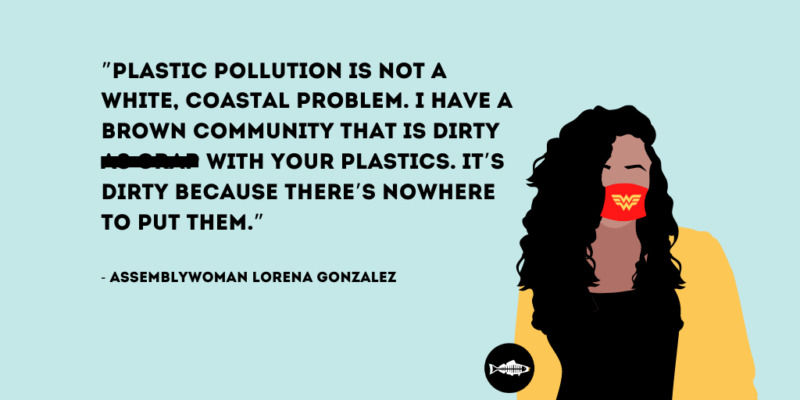
In her riveting closing argument Monday night, Assemblymember Lorena Gonzalez reminded us that the issue of plastic pollution is no longer one we can ignore, saying “It’s not a white, coastal problem…I have a Brown community that is dirty […] with your plastics. It’s dirty because there’s nowhere to put them.” It is thanks to authors Assemblymember Gonzalez and Senator Allen, other co-authors, legislative supporters, and support from the community that these bills got as far as they did.
Looking forward, we will be bringing the plastic pollution fight to the people. Earlier this year, Heal the Bay and other organizations gathered 870,000 signatures, enough to qualify a plastic pollution reduction measure for the 2022 ballot. In 2022, California voters will vote on the California Recycling and Plastic Pollution Reduction Act. This measure would reduce plastic pollution through source reduction, funding mechanisms, a polystyrene ban, and other tools. This initiative gives California voters the unique opportunity to finally hold the plastic industry accountable for the waste they produce.
In the meantime, Heal the Bay will be refocusing here in Los Angeles County and Los Angeles City, and continue working to push local plastic pollution reduction policy forward. Stay tuned for ways to get involved, and check out Reusable LA for more information.
Thank you to all who called, emailed, posted, and supported over the past year and a half. We could not have pushed SB 54 and AB 1080 this far without all of you, and we are ready to keep fighting. Are you?
#CAMustLead #breakfreefromplastic
Top photo by @_adventureiscallingme



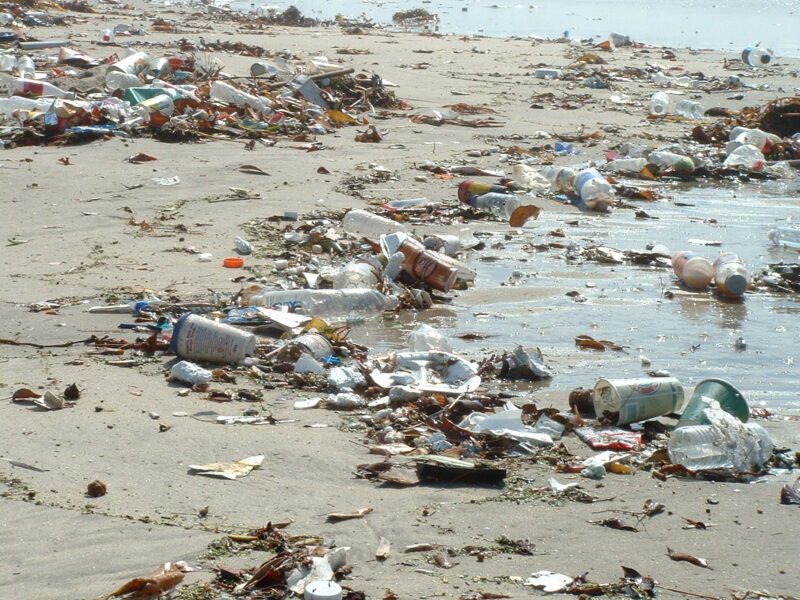
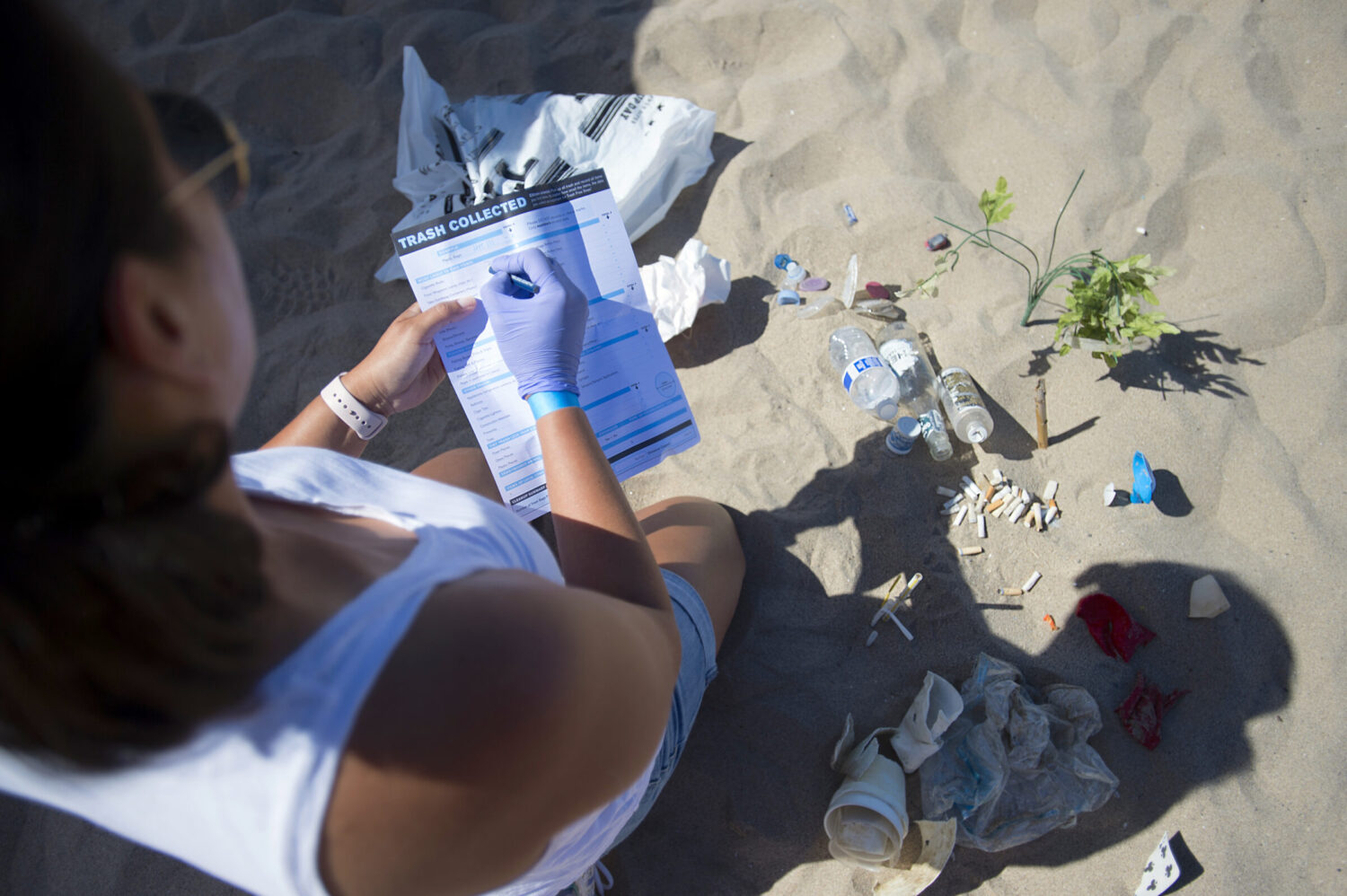
 Photo by Venice Paparazzi. Courtesy of Dockweiler Youth Center and LA County Dept of Beaches & Harbors.
Photo by Venice Paparazzi. Courtesy of Dockweiler Youth Center and LA County Dept of Beaches & Harbors.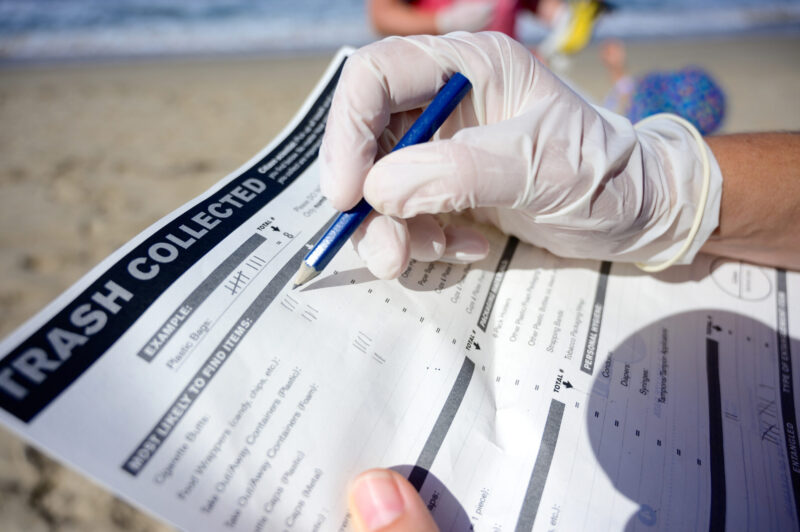 Remember, your observations could lead to the next breakthrough. Finding ways to take individual and community action makes the fight against pollution more effective. Thanks for tracking valuable debris data, and being a part of this amazing cleanup effort.
Remember, your observations could lead to the next breakthrough. Finding ways to take individual and community action makes the fight against pollution more effective. Thanks for tracking valuable debris data, and being a part of this amazing cleanup effort.